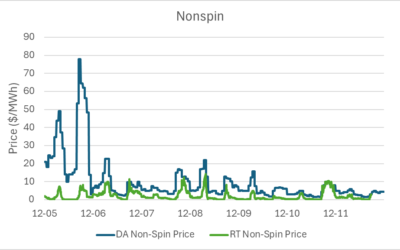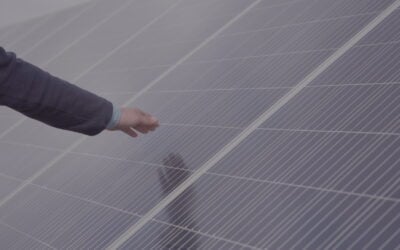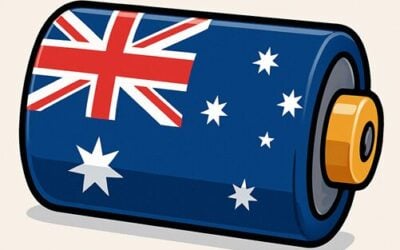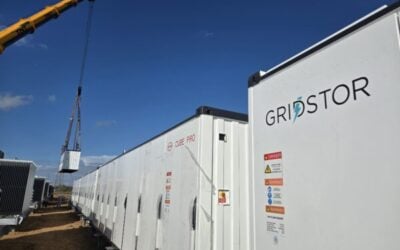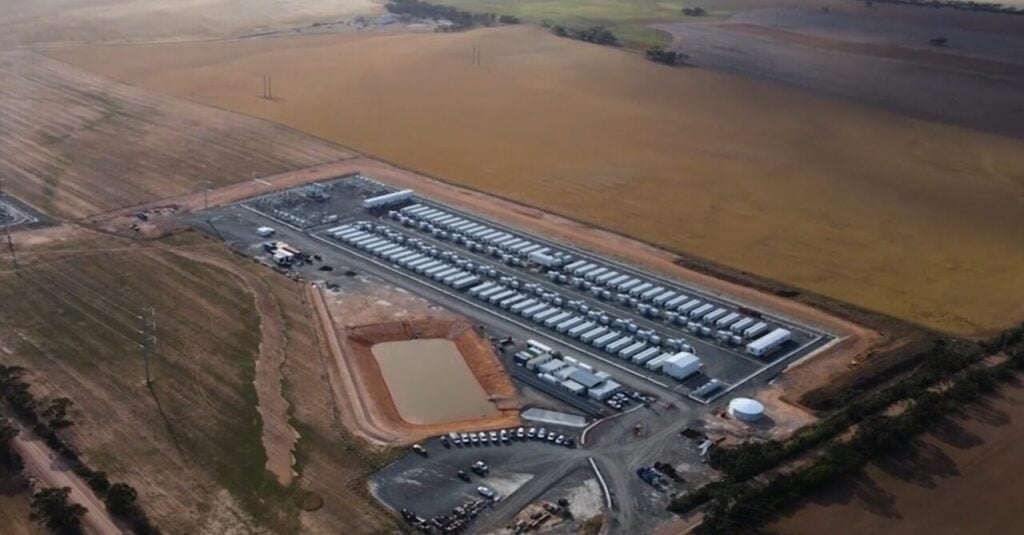
The Australian Energy Market Operator (AEMO) has revealed that, as of March 2025, the pipeline of new standalone battery energy storage systems (BESS) in the National Electricity Market (NEM) has increased by 86% year-on-year (YoY).
The organisation’s latest Connections Scorecard for March 2025 details that standalone batteries have increased from 11GW to 20.5GW YoY, while hybrid solar and battery projects have also increased from 4.5GW to 5.6GW.
“Recent registrations and application approvals show a rapid increase in battery technology progressing through the pipeline across all regions,” AEMO’s scorecard read.
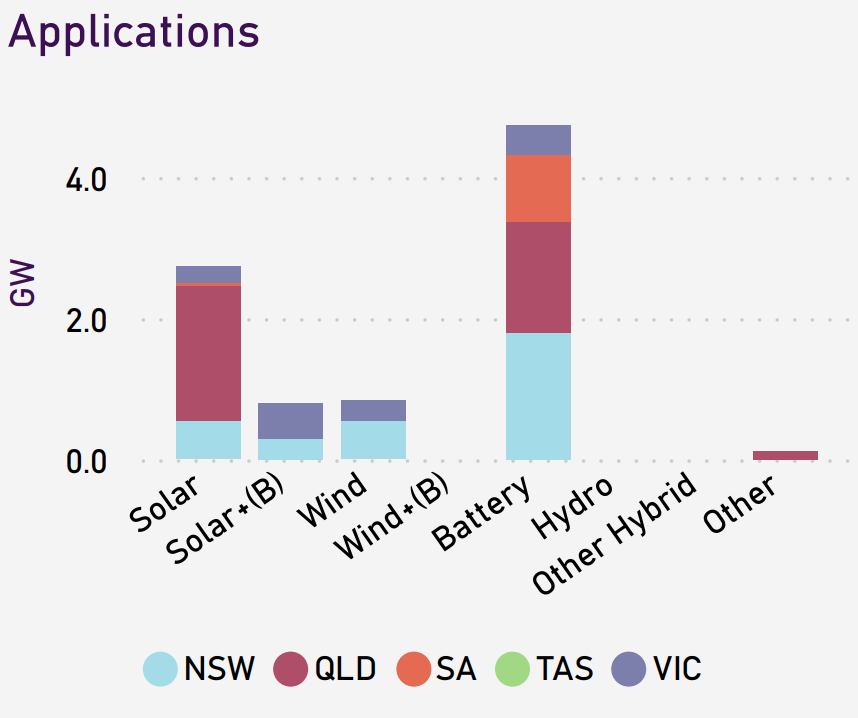
As revealed in the image above, utility-scale solar PV generation and BESS are leading the applications for the financial year to date. However, despite seeing a rise in announced solar-plus-storage projects in Australia in recent months, these are still minimal and have not been shared across most states, focusing more on New South Wales and Victoria.
Try Premium for just $1
- Full premium access for the first month at only $1
- Converts to an annual rate after 30 days unless cancelled
- Cancel anytime during the trial period
Premium Benefits
- Expert industry analysis and interviews
- Digital access to PV Tech Power journal
- Exclusive event discounts
Or get the full Premium subscription right away
Or continue reading this article for free
Specifically, 4.7GW of batteries have had their applications approved, whilst solar-plus-storage has stood at 800MW.
March 2025 also saw the progression of battery storage systems coming online. French independent power producer (IPP) Neoen brought its 238.5MW/477MWh 2-hour duration Blyth BESS in South Australia to full output.
New generation and energy storage capacity surpasses 51GW, AEMO says
As of March 2025, AEMO reported that the pipeline of new generation and energy storage capacity has surpassed 51GW, reflecting a 37% year-over-year increase. In the NEM states, this capacity is distributed as 36% in New South Wales, 31% in Queensland, 23% in Victoria, 10% in South Australia, and 0.25% in Tasmania.
Margarida Pimentel, manager of AEMO’s onboarding and connections group, stated that the pipeline of new projects required to replace ageing power stations and meet future demand is the largest ever recorded.
“So far this financial year, 42 project applications have been approved (9.2GW), 28 projects (7.5GW) were registered, and 16 projects (2.5GW) reached their full MW output,” Pimentel said.
This will also be seen as a boost, considering the question marks being raised about Australia’s coal phase-out, a form of generation the country has been reliant on. Although AEMO has predicted that 2038 will be the full withdrawal date for coal power stations, research group Cornwall Insight told our sister site PV Tech that these could operate beyond this and well into the 2050s.
Australia braces for the federal election on 3 May
With momentum growing in the pipeline for energy storage and renewable energy generation projects, all eyes will now be fixed on the upcoming general election on 3 May.
The three-year parliamentary term time for the next government coincides with one of the most defining periods for the energy transition. For that reason, the next government will be a conduit to whether Australia will grasp the opportunity and become a “renewable energy superpower”, a term often used by current prime minister Anthony Albanese to make his stance clear on the energy transition.
Albanese recently showed his support for energy storage ahead of the election, declaring on LinkedIn that the Labor Party supports “clean, affordable energy to cut power bills now” after visiting the 2,000MWh Collie Battery in Western Australia, which recently saw its last battery pack installed.
The same cannot be said for his opponent Peter Dutton, leading the Liberal Party in the Liberal-National Coalition. Climate sceptic Dutton, who is likely to take a stance on energy policy similar to that of US President Donald Trump and attempt to reduce the Australian public’s energy bills by focusing more on oil and gas, coal-fired power, and nuclear reactors. In the process, he would controversially seek to lift a ban on nuclear power that has been in place since 1983 via the Nuclear Activities (Prohibitions) Act.
Transitioning from a supportive government of renewables to one prioritising fossil fuels could disrupt the country’s energy transition and jeopardise Australia’s opportunity to capitalise on the economic benefits, Energy-Storage.news has heard.

